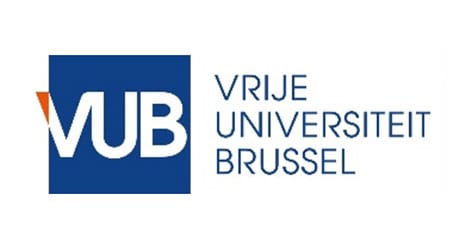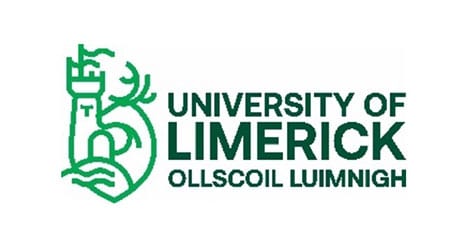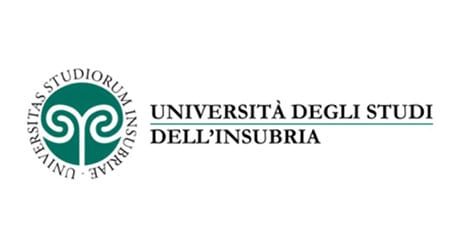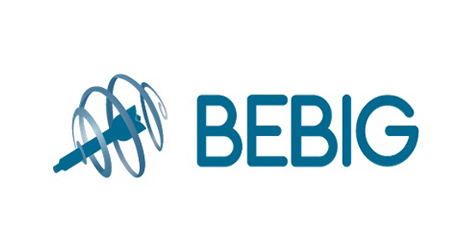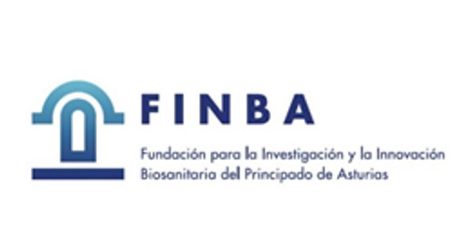
Origin
The Challenge
Develop methods that provide the clinicians with photonics enabled tools to improve or to assess the successes of therapies; and transform low TRL technologies into robust medical devices answering to clinician needs.
ORIGIN
Summary

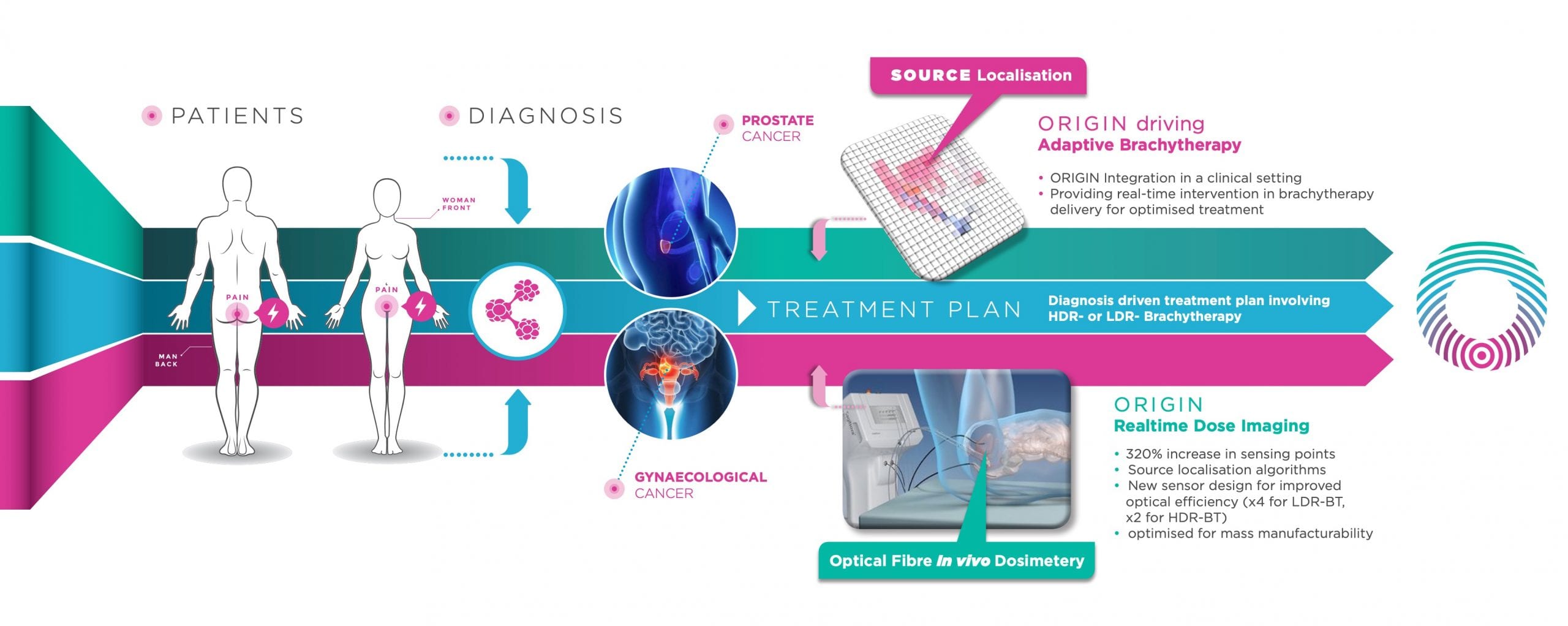
ORIGIN
The problem
ORIGIN addresses the challenges of delivering effective and optimal brachytherapy for prostate and gynaecological oncology, through the introduction of novel optical fibre technology.
60
The project expands on the successful development of two innovative single point optical fibre dosimeters based on radio-luminescence using inorganic scintillating materials for HDR- and LDR- BT. Integrating an array of such sensors with a common acquisition system will provide real-time patient dose imaging of the target area and nearby organs at risk. The high temporal resolution of the sensor system (0.1 sec) provides the ability to further monitor the location of the radiation sources during treatment with 0.5mm spatial resolution for HDR-BT and 3mm for LDR-BT. The principles underpinning the individual components of the technology are established and this project will integrate the partners’ technologies to create a medical device that will be an exciting and valuable new tool for oncologists. Initial feedback on the concept from both end-user oncologists and the medical manufacturing industry is overwhelmingly positive as they recognise the benefits, endorse the innovation and acknowledge the commercial opportunities.

Accuracy

Monitoring
Origin
The project is centred on three pillars, each with specific challenges associated to them. Pillar I is centred on the system design and development for dose imaging and source localisation during LDR- and HDR-BT. Pillar II is aimed at the system integration within a clinical environment and validation for improved clinical outcomes through adaptive brachytherapy. Pillar III focuses on the manufacturability and exploitation of the ORIGIN system for improved sensor design for improved optical signal collection efficiency, higher signal-to-noise ratio (SNR) and repeatable mass-manufacturability.

Objectives
Development
Real-Time
Treatment
Sensor Design
Optimised
ORIGIN
Work Plan
60

Origin



